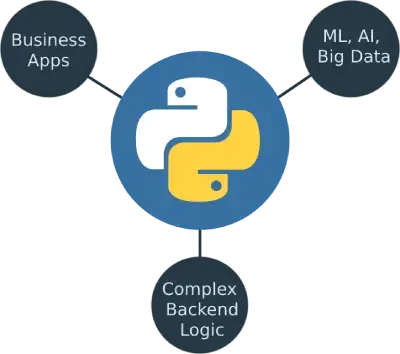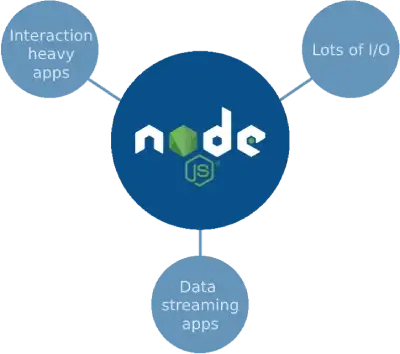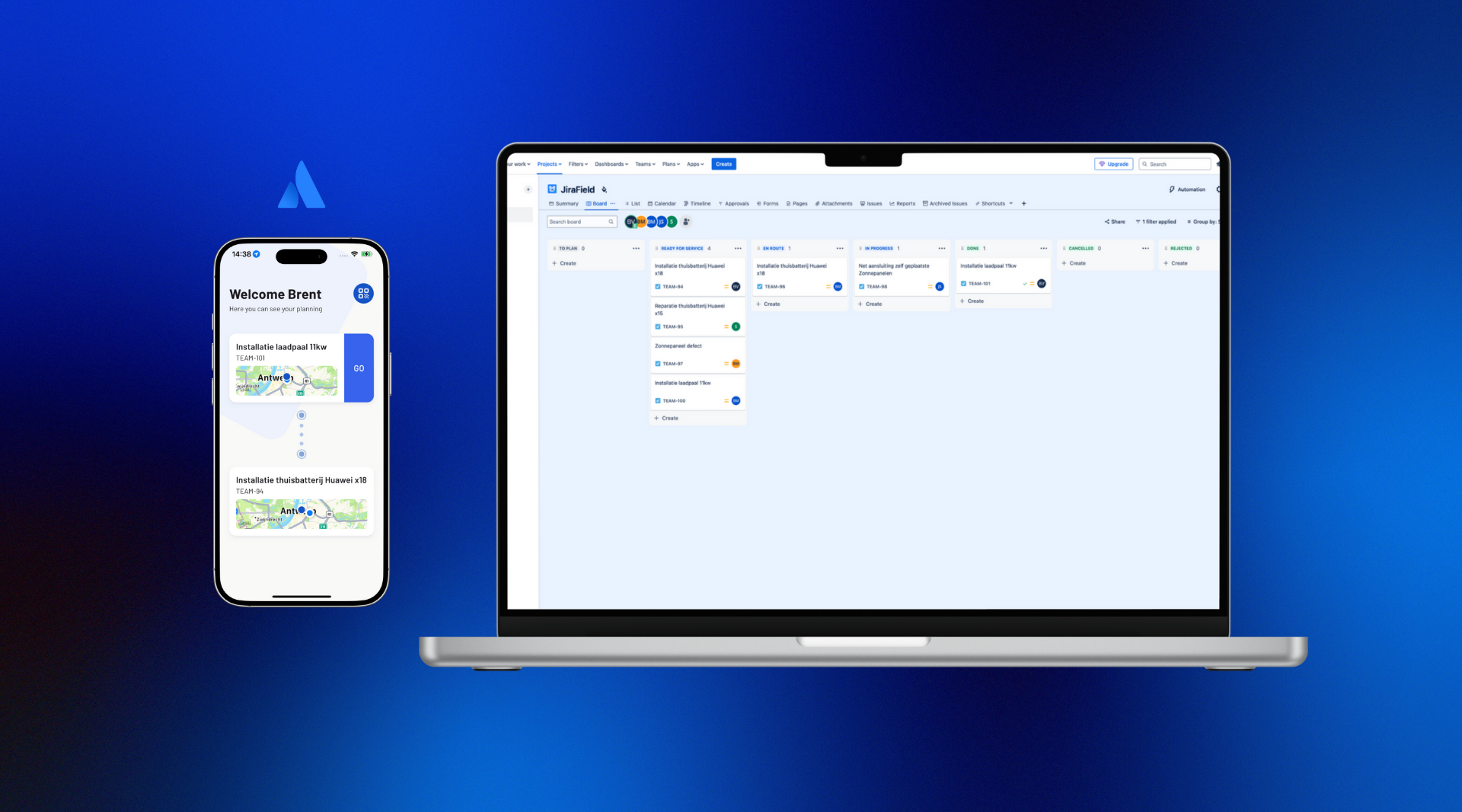
How to choose between Python and NodeJS?
Python and NodeJS are both great solutions for building modern web applications. But which of the two should you use? In this blog, we explain their most important characteristics, allowing you to choose what is best for your project and team.
In a previous blog, we already explained the difference between front-end and back-end frameworks. From a developer’s and architect’s perspective, the logic of a program is shared between front-end and back-end. That way, the responsibility is properly divided, while development, long-term support and adding new features to the application becomes easier and more maintainable. It encourages good collaboration between the team members who are working on the project.
If you have ever developed a large application using plain JavaScript or jQuery and AJAX, there is an inherent messiness that comes with such a scale in that context. Using front-end frameworks keeps your code structured and clean on the front-end side and speeds up your application development, given that you are familiar with the framework you are using.
Since React or VueJS, or any front-end framework, requires a RESTful API to interact with in order to make a web application dynamic and personalized, creating the backend API with something like FastAPI or Flask if you’re Python-versed, or NodeJS if you’re a JavaScript fan, is a great way of approaching that separation of concerns we’ve talked about in our other blog.
Python or NodeJS?
The server-side or back end of an application is the very backbone of the project, and the client-side depends on it. However beautiful, performant and responsive your frontend is, the application will fall flat on its face without a robust backend to hold it up. This leads to an inevitable choice for every architect to pick one between the two titans of back-end technology — NodeJS vs Python. Choosing between those two can be a daunting task, especially not knowing what specific scenarios they are tailored for.
Depending on the scale of the project and the team you have at hand, choosing the “ideal” back-end technology may not be essential. Just choose what is ideal for your development team that will encourage collaboration, maintainability, code quality and speed of development. If you have a great Python team, leverage their skills by making them build the backend in combination with a front-end framework or a templating engine (such as Jinja2) if the frontend is simple enough. However, if you have a team of great full stack developers, leverage their experience and knowledge of JavaScript and have a unified code stack with NodeJS.
If you are still considering both options and want to choose what is best for your project, then below you find a list of things that either Python or NodeJS are great at.
The strengths of Python

- Python is a tried and tested programming language that has existed for a long time. It has been heavily optimized in the last few years and now offers very good performance.
- Inherent code clarity makes for an easily maintainable codebase and facilitates collaboration between team members.
- Debugging is simpler than in JavaScript, which further encourages productivity.
- It has tons of existing libraries, integrations, and well-written documentation to supplement back-end functionality without reinventing the wheel.
- Python is THE programming language for Big Data, Machine Learning, AI and many research-based or scientific processing tasks that would be harder to implement using JS.
- Some back-end solutions like FastAPI come with cloud-native solutions like Jina.
The strengths of NodeJS

- A unified stack project is usually a good idea if you have experienced developers in the stack you are targeting. A Python-only web application has drawbacks and doesn’t scale well without a lot of hand-crafted optimizations. So if you’re going for a single stack, a JavaScript frontend framework + NodeJS is the better choice.
- While code maintainability can be an issue for large-scale projects, smaller projects or proof-of-concepts can be developed faster than with Python.
- It is inherently event-driven and has a non-blocking I/O model which makes it an ideal option for developing data-streaming real-time applications such as messaging applications or snappy e-commerce websites.
- NodeJS handles input and output streams more gracefully than Python, and is great at displaying and reacting to streams of data.
- When dealing with a lot of user interactions and “snappy” or near-instantaneous responses from the UI are desirable, NodeJS is a better bet than Python.
Conclusion
Python offers an amazing solution for back-end services built on a mature programming language. Using it as a full-stack, Python-only solution with templating is nonetheless restrictive. Leveraging Python through FastAPI or Flask, for example, as a backend web-server and combining it with a front-end framework, such as React JS or Vue JS, is a very good option for building a modern web application. It comes with all the necessary tools for building great applications that need to leverage machine learning, AI, data analysis and is overall a great choice if you need to take into account complex business rules that are applied to back-end logic.
NodeJS is also fantastic and getting better by the day. It uses an event-driven, non-blocking I/O model which makes it an ideal option for developing data-intensive real-time applications. In general, it offers greater performance and speed than Python-based apps, but implementing complex business logic is harder than in Python. It is an ideal solution for developing messaging or chatting applications, or any sort of data-streaming applications. It is also great for e-commerce apps and websites that depend on the speed of processing user requests and responding in a “snappy” manner.


